Bengali Matrimony
by iMarriagesmatrimony site for Bengali speakers.
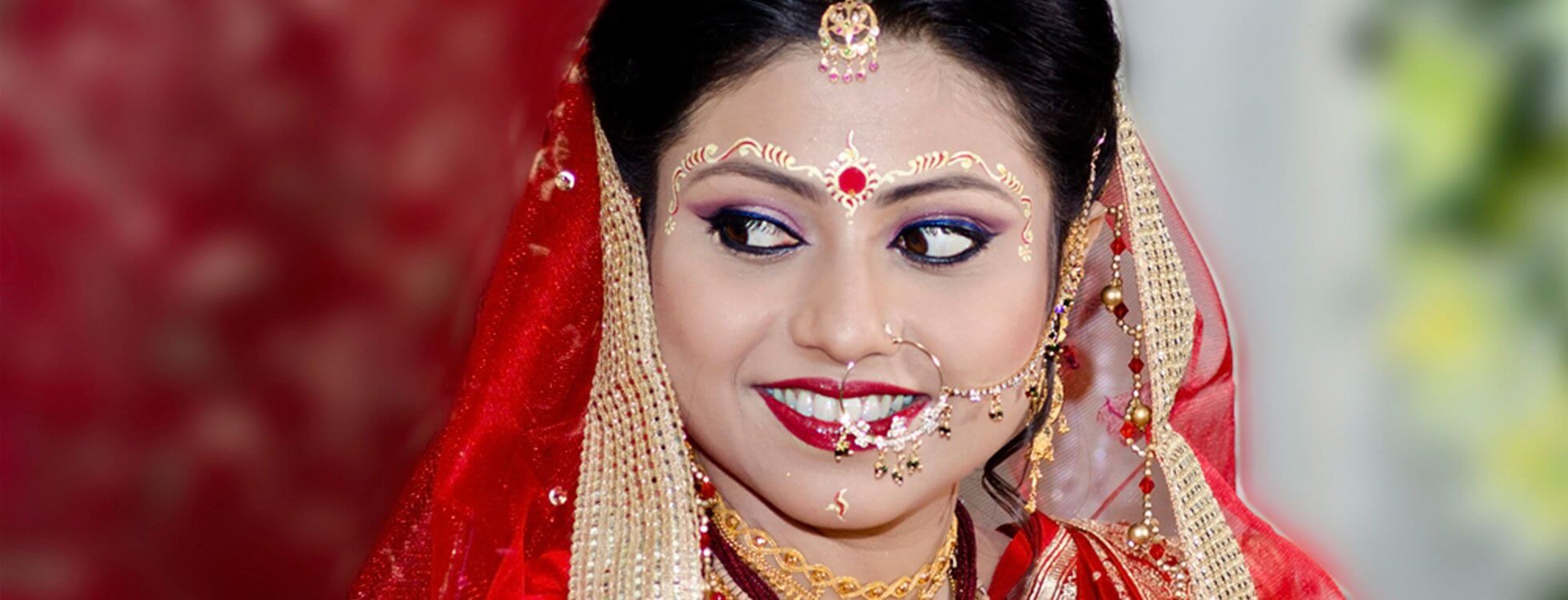

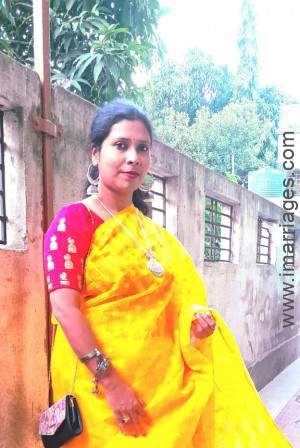
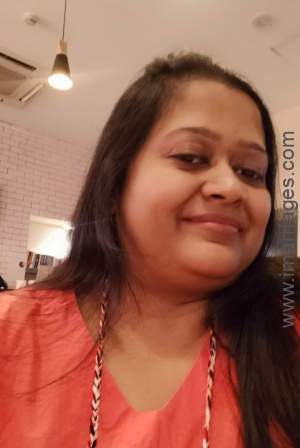
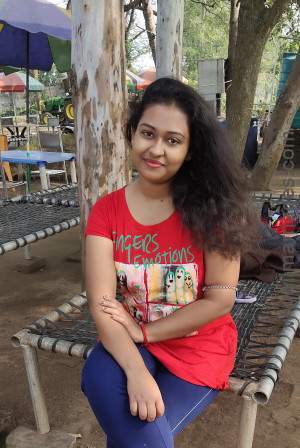
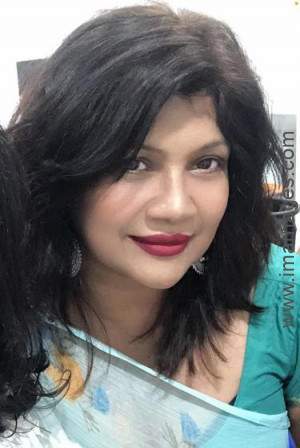
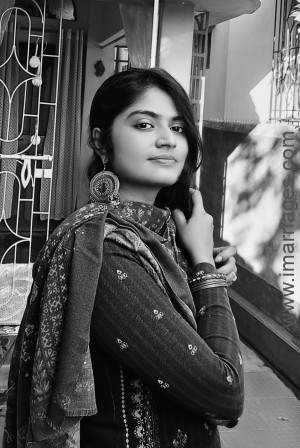
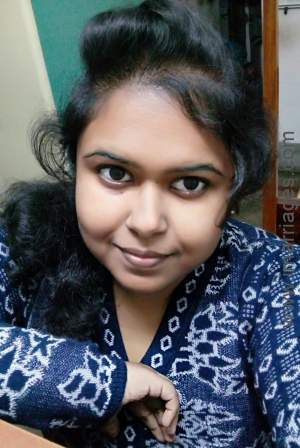
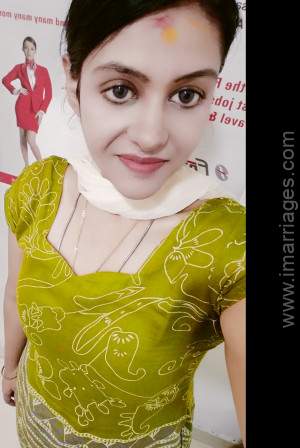
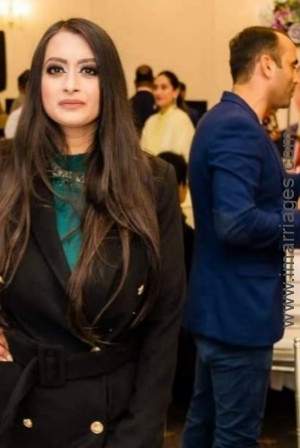
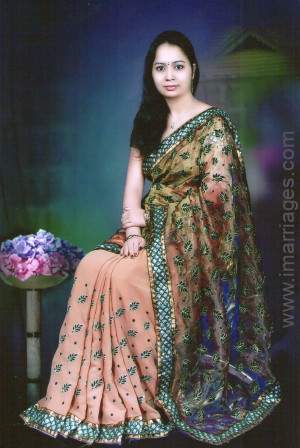

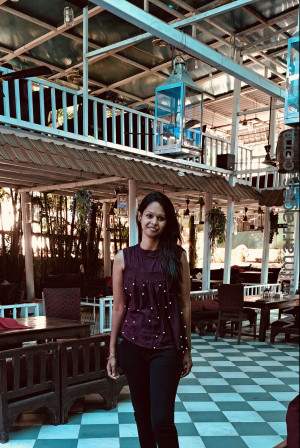
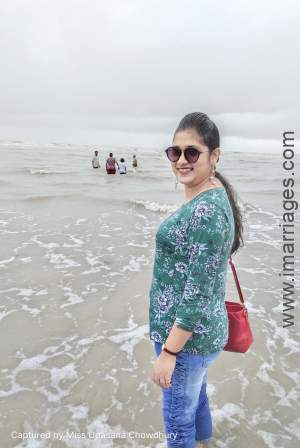
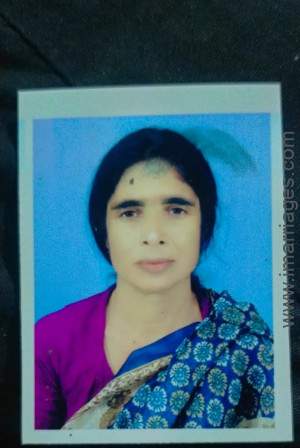
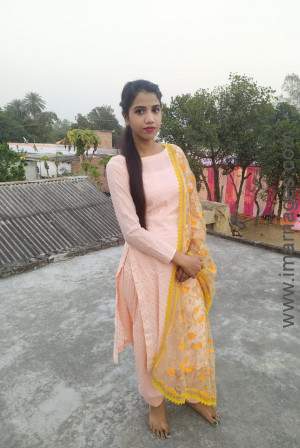
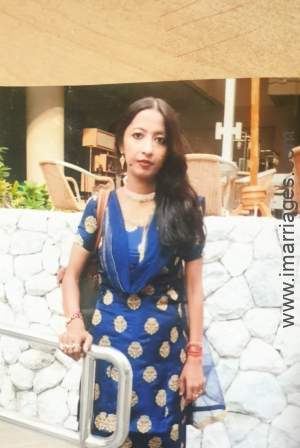

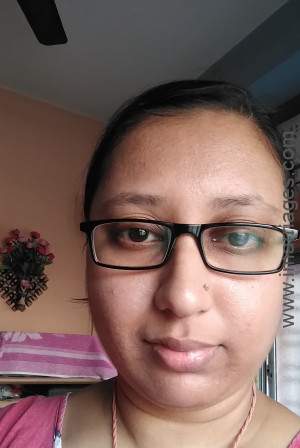
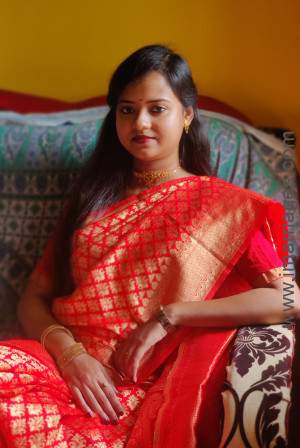

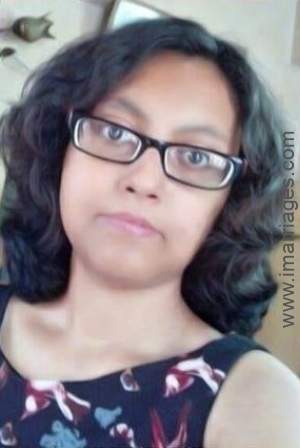
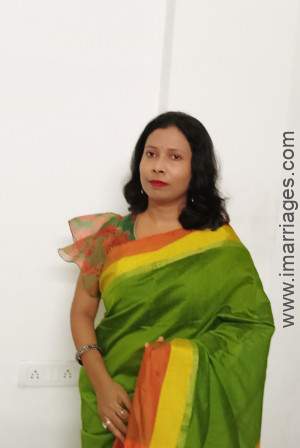
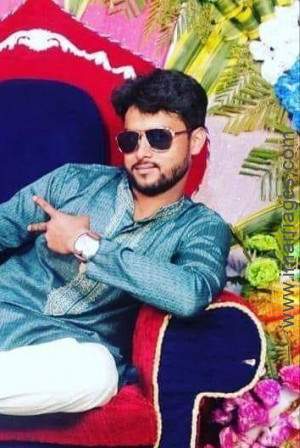
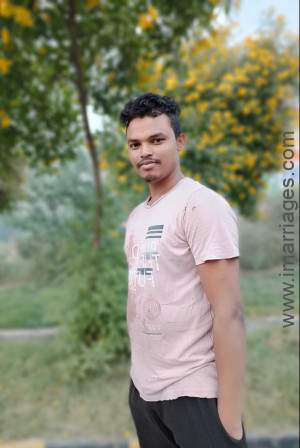

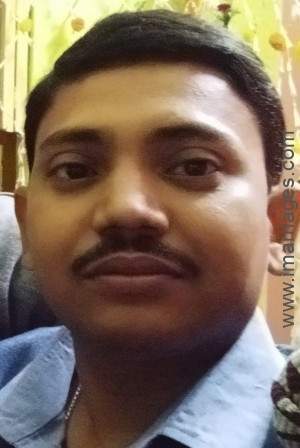
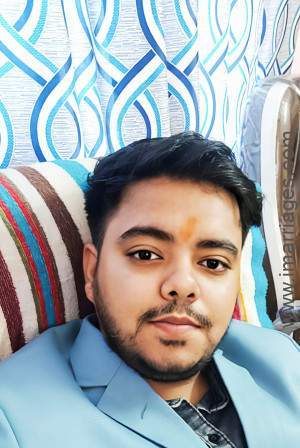
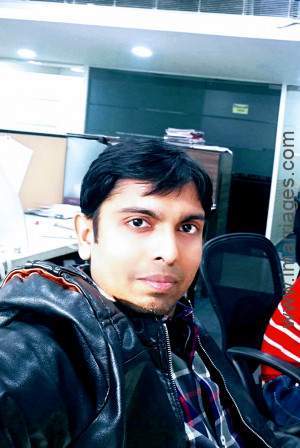
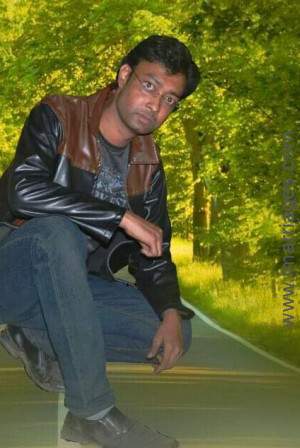
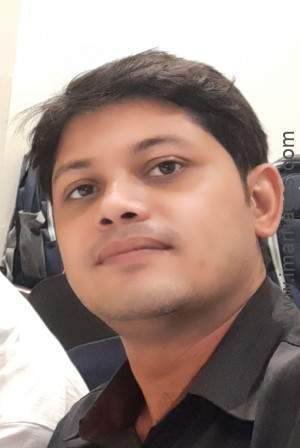
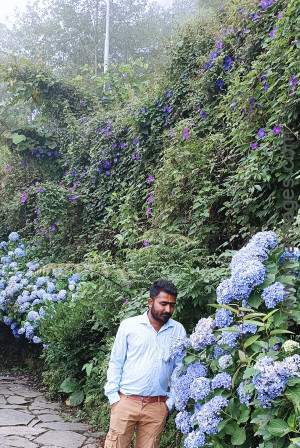
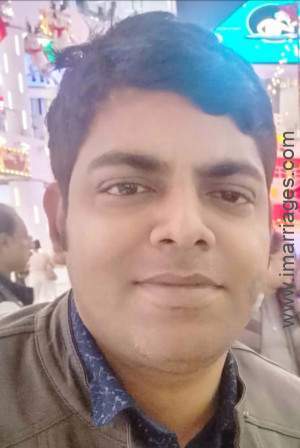
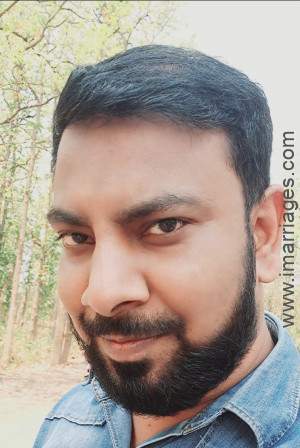
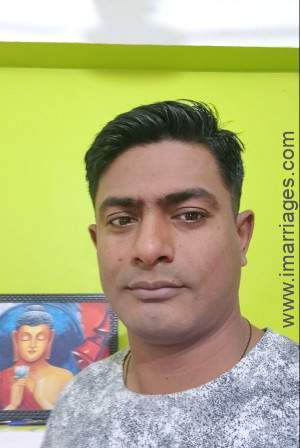

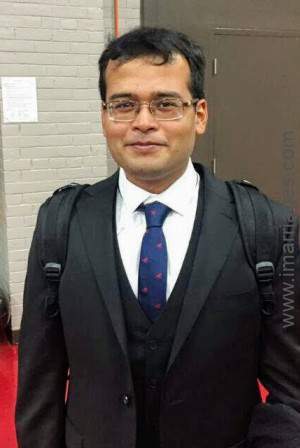
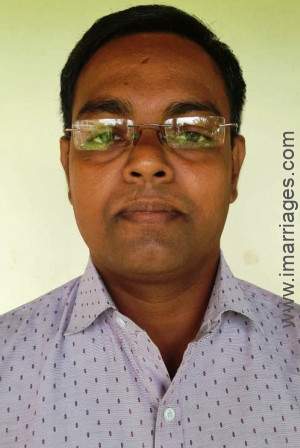
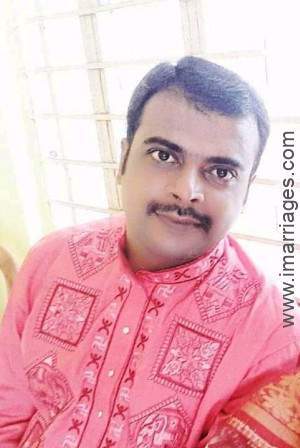
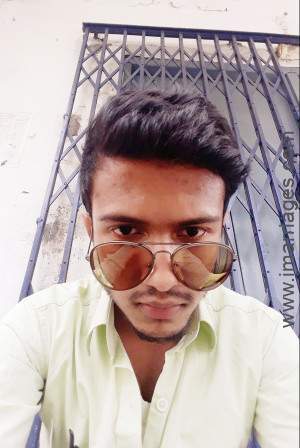
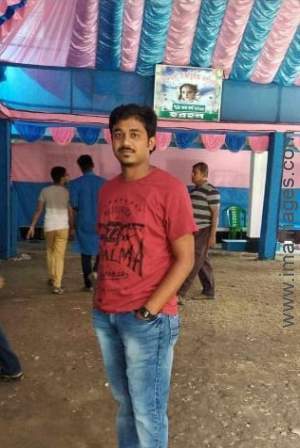
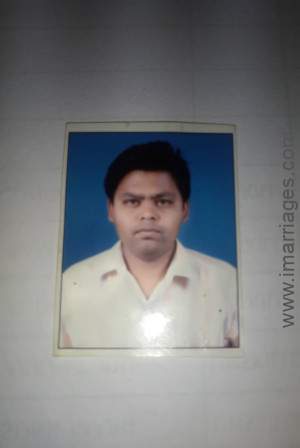

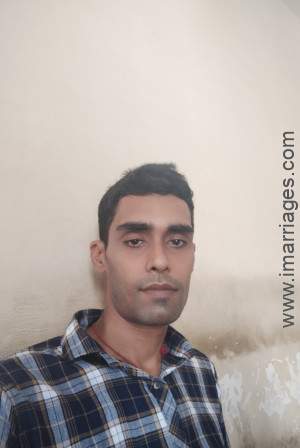
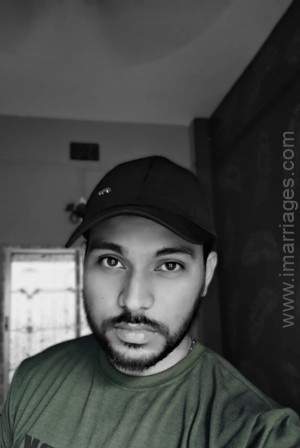
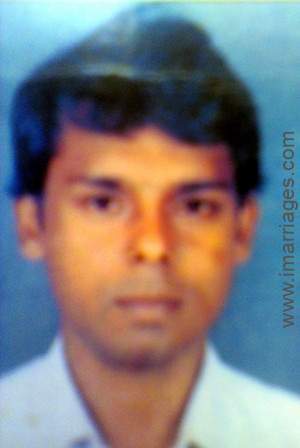
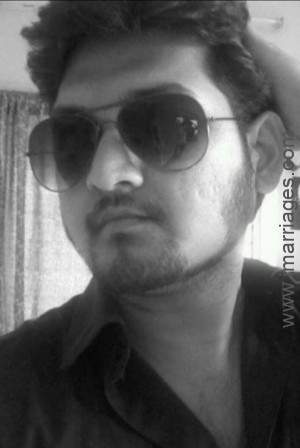
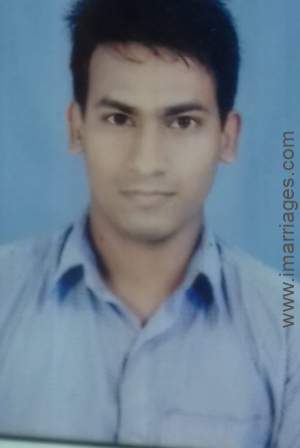
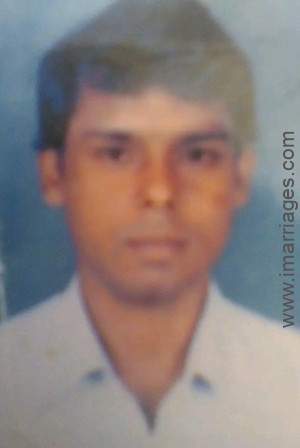
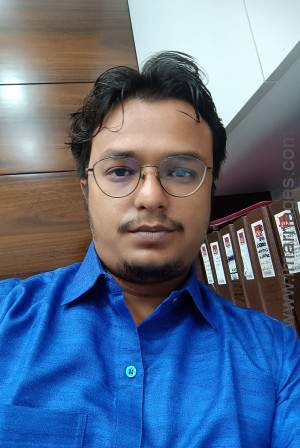
Welcome to Bengali Matrimony by iMarriages, the most trusted and best value for money matchmaking service for the Bengali community.
The shehnai and blowing of conch shell,
Are sure signs of wedding bells,
The traditional decorations and rituals are unique,
Lovely people with energies at their peak.
Yes, our service is free. Our award winning platform allows you to send personalised messages and communicate with your matches via a safe and secure messaging system completely free. By using our messaging system, you can talk to your match and only share your phone number when you feel comfortable and ready to take the next step forward.
Our service is free and simple to apply for. Simply click the register link at the top of the page and answer the fun and easy questionaire. The questionaire will automatically create your personalised matrimony profile. You can then chat and get to know your matches, complete for free.
Of course we are biased, but we believe iMarriages is the best value for money matrimony site in West Bengal. The difference between iMarriages and all other sites is that we allow you to send personalised messages and communicate with your matches for free. We are the only safe and legitimate site that offers this.
iMarriages is the safest matrimony site in the world, and far safer than traditional methods such as placing ads in newspapers. All profiles on our portal have been manually screened by a human and every member is required to provide a contact phone number which is then verified. Additionally, we have developed our own sophisticated AI system that constantly monitors our portal, automatically responding to any suspicious behaviour.
Bengali matrimony takes place between a bride and groom who speak Bengali (বেঙ্গ'লী) as their first language. Native to the region of Bengal and with over 250 million speakers, Bengali is one of the most spoken languages in the world and the second most spoken in India.
The National Anthem of India was first composed using the Bengali language.
Bengali matrimony, also referred to as Biye, is an elaborate affair with meaningful rituals seeded in cultural values. Bengalis are known for their good intellectuality, passion and sensitivity. Their matrimonial ceremonies also reflect the same. The two main communities in Bengal are the Bangals (Bengali Hindus originating from modern-day Bangladesh) and Ghotis (the ones originating in West Bengal). There is a slight variation between the rituals of each community.
Let's have a closer view of all the pre-wedding, wedding and post-wedding rituals of a Bengali matrimony.
Paka Katha or Pati Potro - It refers to a formal meeting between elders of both the families to make a mutual agreement on different aspects of marriage. Term Paka Katha is used by Ghotis while Pati Potro is by Bangals.
Aiburobhat - Held a day before the wedding, this ritual signifies the celebration of last day of bachelorhood for the bride and the groom. It begins with a bridal shower where the bride receives gifts from friends and relatives followed by serving her a feast consisting rice and fish. A similar ritual takes place at the groom's place.
Sankha Porano - A bangle ceremony where the Bengali girls wear traditional Bengali bangles known as Sankh (made up of conch shell) and Pola bangles (made up of red corals).
Jol Sowa - It takes place on the wedding day dawn during which mother of the bride and groom along with few married women of the family visits a waterbody in their respective neighborhood. They fill a brass pitcher with water which is later be used to bathe the bride and groom.
Dodhi Mongol - As the bride and groom have to fast during whole wedding day rituals, thus they are fed with a mixture made of sweet curd, rice flakes, banana and sweets like Sandesh in ample quantity before sunrise.
Birddhi Puja - This ritual is involves providing tribute to seven generations of paternal ancestors, to conciliate their soul and seek their blessings for the couple. This is performed by the father of bride and groom at their respective houses.
Gaye Holud and Tattwa - It is the haldi ceremony which is observed in almost all Indian marriages. A paste of fresh turmeric and mustard oil is the first applied to groom by married women in the family along with his mother. He then takes bath with the water procured during Jal Sowa. The remaining turmeric paste is kept in a silver bowl and sent to bride's place along with trousseau ( a traditional outfit to be worn during the Gaye Holud) and a whole Rohu fish. The Gaye Holud is then performed at the bride's place in a similar fashion to the groom's.
Bor Jatri and Boron - After getting ready in typical Bengali wedding attire (the Panjabi kurta and dhoti along with 'Topor' on the head) the groom starts from his house towards the wedding venue. The Bengali boys and the Bor Jatri are welcomed with blowing of conch shells and ululations (a typical sound made by Bengali women from their mouth). He is welcomed by bride's mother with a Baran Dala, a large tray made of cane containing auspicious ingredients like rice, turmeric, betel nuts, a bunch of banana and a lighted diya. She escorts him in.
Ashirbaad - The elders from bride's side bless the groom and with gifts. In the similar manner elders accompanying groom blesses the bride.
Saat Paak and Subho Drishti - The groom is brought into the wedding mandap known as Chhadnatolla and some initial puja is performed. The groom is then asked to change into his Jor (a two piece wedding dress). The bride is carried to mandap by 4-5 male members of the family then is made to sit on a wooden platform known as Piri. she has to hide her face from view with the help of a couple of betel leaves. The bride then circumambulates around the groom seven times aided by the male relatives carrying her. This is known as Saat Paak. The bride and groom are then placed in front of each other. The bride removes the betel leaves and the two set their eyes on each other, amidst hooting, and sounds of conch shells and ululations. This is known as Subho Drishti.
Mala Badal - During this ritual the couple exchanges their garlands.
Kanya Sampradan - During this ritual, the bride is officially given away to the groom. Father of the bride unite the hands of the couple and it is bound by sacred thread, and the priest chants the mantras.
Hom - This symbolizes offerings to the holy fire to seek the blessing of all Hindu mythological gods and goddesses. The whole process is accompanied by Vedic mantras chanted by the priest. This is followed by Saptapadi moving around the holy fire, which signifies the seven sacred vows of marriage.
Lajanjali/Kusumdinge - The bride's brother puts Laja (puffed rice) into her hands, the groom joins her hands from behind and together they pour the offering in the fire.
Sindoor Daan - The groom applies Sindoor on the parting of bride's hair and he covers her head with a new saree known as the Lajjabastra.
Bashi Biye - Among the Ghotis Community, the Kusukdinge and Sindoor Daan rituals take place on the morning of the day after the wedding. This is known as the Bashi Biye.
Bidaai - It refers to the departure of the couple from the bride's place. Among the Ghoti community, the couple departs on the morning time while the Bangal rituals dictate that the couple leaves before evening.
Bodhu Baran - This marks the welcome of the bride into her in-laws house. Water is poured under the vehicle, a vessel containing milk and Alta (Iac dye) is placed outside the door and the bride needs to step into it and the imprint of her feet are put on white fabric.
Kaal Ratri - The couple spends their first night separately to get a refreshing sleep for next day rituals.
Bou Bhaat - The bride cooks for the first time for her husband's family.
Reception - In the evening the groom's family invites their relatives for a reception where they get to meet the new bride and offer their best wishes to the couple.
Phul Sojja - The couple's bedroom is decorated with colorful flowers and the couple spends their first night together.
Diragaman/Astamangala/SubhoChani Satyanarayan Pujo - On the eighth day of the wedding the couple visits the bride's place. A Satyanarayan puja is performed and the thread tied during the wedding is removed by the priest. This marks the end of all wedding rituals.